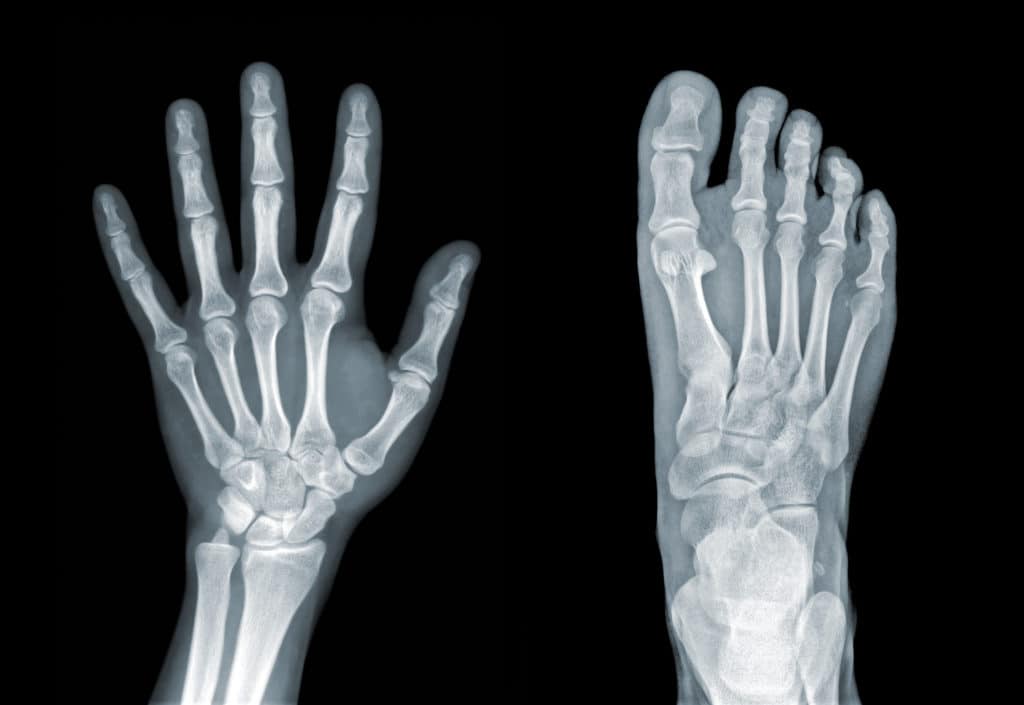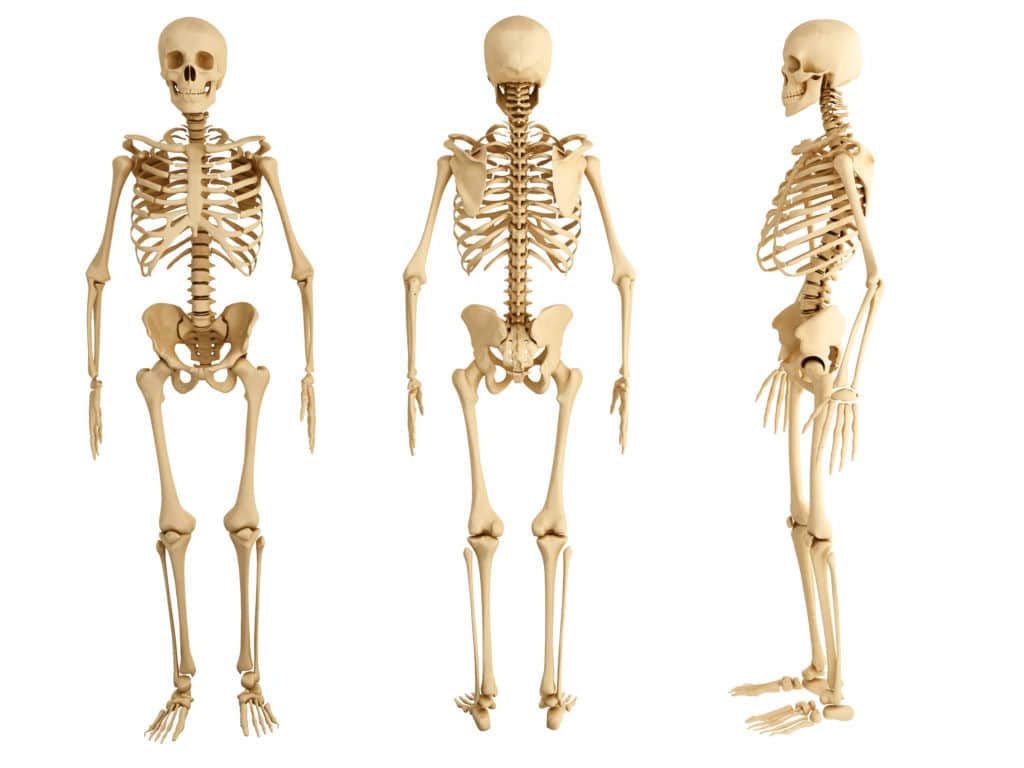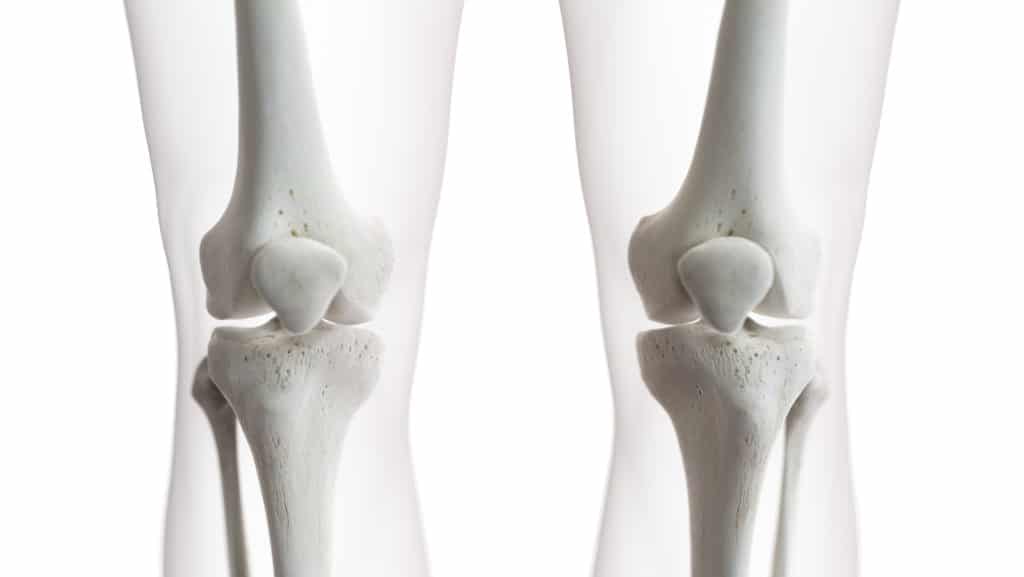Your Bones
and Skeleton
Vocabulary
Read the vocabulary terms to understand the reading better.
Bones
Bones are hard, rigid structures that make up the skeletons of vertebrates.
Cartilage
Cartilage is a firm, flexible, elastic type of connective tissue in the body.
Joints
Joints are the places where two or more bones meet and where cartilage separates the bones and allows body parts to move.
Ligaments
Ligaments are bands or sheets of tough, fibrous tissue that connect two or more bones or cartilages together.
Ribs
Ribs are a group of long, curved, pairs of bones that protect many of the important organs in the chest, such as the lungs and heart.
Adults have 206 bones. Each hand has 27 bones and each foot has 26.
Bones have many shapes. Your 12 pairs of ribs are curved. They form a protective cage around your chest. There is a straight bone running down each leg from the hip to the knee. This thigh bone is the longest bone in your body. Your body’s smallest bone is in the ear. It is shaped like a stirrup on a horse’s saddle.


Down at the Corner
Bones connect to other bones at joints. You have about 360 joints, including your knees, elbows, and hips. Cartilage is a tough, flexible tissue. It covers the ends of bones in joints. Cartilage also shapes your nose and ears.
Joints are held together by ligaments. Ligaments are straps of strong, flexible tissue. There are different types of joints in your body because they have different jobs to do. They also have to move in different ways. For example, your knee is a hinge joint. It moves like a hinge on a door.

To learn more about your bones and skeleton, watch the video by SciShow Kids on YouTube.
Show What You Know!
Complete some questions about the reading selection by clicking “Begin Questions” below.









